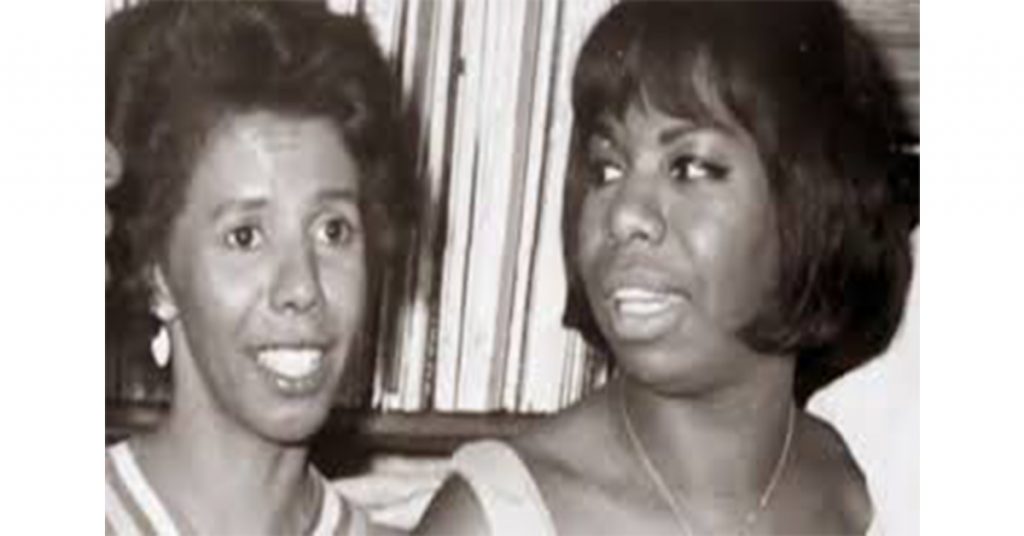Greetings Brothers!
In October 1969, Nina Simone recorded her classic song, “To Be Young, Gifted and Black.” Simone was one of several gifted artists, writers, and poets who helped define the cultural movement known as the Harlem Renaissance. This group “sought to reconceptualize “the Negro” apart from the white stereotypes that had influenced black peoples’ relationship to their heritage and to each other. They also sought to break free of Victorian moral values and bourgeois shame about aspects of their lives that might, as seen by whites, reinforce racist beliefs.”
Simone drew inspiration for “To Be Young, Gifted and Black” from her friend Lorraine Hansberry, writer and playwright, whose unpublished works at the time of her death in 1965 were used as source material for the play by the same name. Actually the play was titled, “To Be Young, Gifted and Black: Lorraine Hansberry in Her Own Words.” Hansberry is distinguished for many reasons, in particular, for authoring the play “A Raisin in the Sun.” When the play debuted on Broadway in 1959, Hansberry became the first Black female author to have a play performed in the storied theater district.
Hansberry drew inspiration for “A Raisin in the Sun” from a collection of poems written in 1951 by Brother Langston Hughes titled, “Montage of A Dream Deferred,” in which Hughes writes:
What happens to a dream deferred?
Does it dry up
like a raisin in the sun?
Or fester like a sore—
And then run?
Does it stink like rotten meat?
Or crust and sugar over—
like a syrupy sweet?
Maybe it just sags
like a heavy load.
Or does it explode?
“A Raisin in the Sun” was significant because it reflected in art the real-life struggle on the part of Black people in post Jim Crow America to reconcile our own ambitions, humanity, abilities, values, dignity, and dreams with the elusive “promise” of life, liberty, and happiness – otherwise known as the so-called American dream. As Brother Arthur P. Davis described in an article titled, “Integration and Race Literature,” that appeared in the September 1961 Oracle, writers like Hansberry had “to find new themes within the racial framework.” Hansberry’s “A Raisin in the Sun” was a declaration that, unlike the so-called American dream, the discovery of a new form of expression would not be deferred. This new form of expression would more intentionally deal with the discovery and promotion of individual, familial, and cultural acceptance and pride not only as a matter of course, but as a matter of fact. As Simone would later pen in her anthem
“…When you’re young, gifted and black, your soul’s in tact…To be young, gifted and black Is where it’s at.”
A decade earlier, this new form of expression was favorably recognized by Omega when in December 1959, Lorraine Hansberry was awarded Citizen of the Year at the 46th Grand Conclave.
Please make time to read the attached articles and definitely check out this video which includes part of a great interview with Nina Simone and a live performance of “To Be Young, Gifted and Black” Simone performed at Morehouse College in 1969 – https://www.youtube.com/watch?v=_hdVFiANBTk. Watch/listen to the end. If you have time, check this one out too, performed by Simone later in life in 1988 – https://www.youtube.com/watch?v=ZelQEmnkulc.
Black is Beautiful!
Read More – Hansberry_Mar1960Oracle
Read More – Davis_Sep1961Oracle
Make it a great week Brothers. Be Noble!
F.I.E.T.T.S.
3rd District History and Archives Committee


